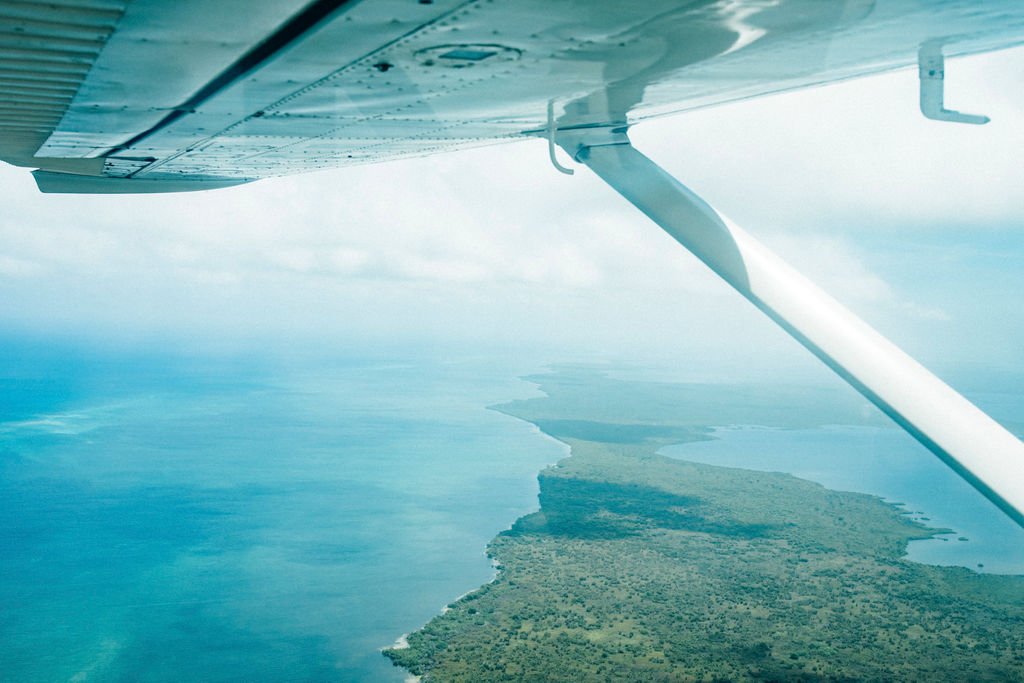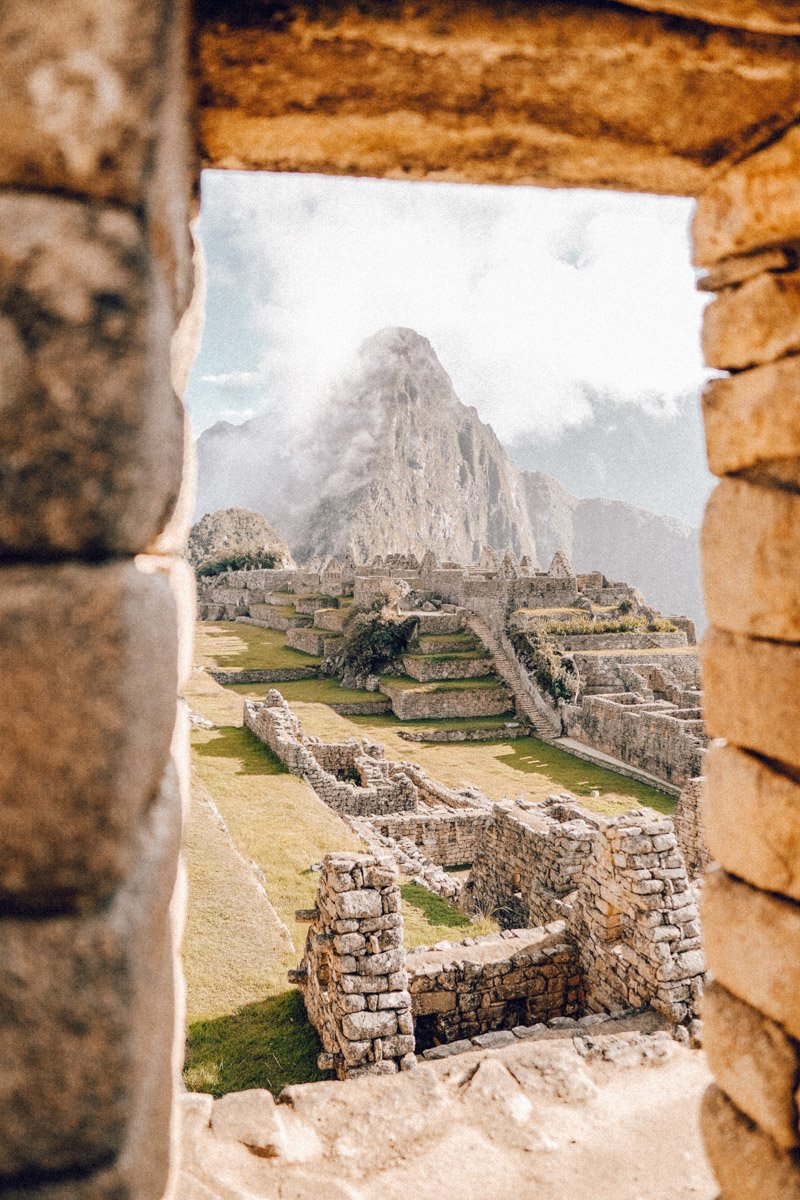Guatemala
Guatemala
An eclectic blend of colours painting over some the richest landscape diversity in the world, Guatemala remains one of the most exciting hidden treasures of the American continent.
Though small in size, Guatemala—meaning ‘land of many trees’ in ancient K’iche Mayan—manages to stand out amongst its Central American neighbours thanks to the overwhelming density of natural beauty, architectural marvels, enticing flavours and intact cultural heritage preserved within its borders. Majestic volcanoes, tranquil lakes, lush forests and jungles, deep Pacific lowlands and an unassuming strip of Caribbean coastline, set the stage for a journey through the depths of ancient Mayan civilization, the relics of Spanish colonial rule, and a contemporary fusion of culture, beliefs, and way of life that remains rooted in millenary tradition as if time had stood still.
Antigua
As the former colonial capital of Guatemala, the UNESCO city of Antigua remains to this day one the best preserved legacies of the Spanish Empire, who ruled over its territories in the New World from this enclave. Situated in a central highland valley guarded by three volcanoes, Antigua’s cobble-stoned streets, pastel-coloured facades, majestic baroque-style architecture, and quaint colonial-style plazas make it one of the most captivating cities in Central America.
Lago Atitlan
When Aldous Huxley first set his eyes on Lago Atitlan, he struggled to describe the beauty and character of this place; In his later writings, he compared it to Italy’s Lake Como, with the added ‘embellishments of several immense volcanoes.’ Formed more than 80,000 years ago by a violent volcanic eruption, Lago Atitlan’s iridescent emerald waters set the pace for a peaceful getaway. Along the verdant shore, small villages are home to Guatemala’s strongest Mayan customs and traditions.
Chichicastenango
Amongst the mist-enveloped valleys of the highlands endures Chichicastenango, one of the most ancient and mystical villages in Guatemala. Its inhabitants—the Masheños—are renown for their preservation of pre-Christian beliefs and traditions, best seen during auspicious street processions led by local cofradias. Chichi, as its popularly called, is also home to Guatemala’s biggest traditional market that takes place on Thursdays and Sundays, a sensorial experience that has been luring travelers for decades.
Tikal & Peten
Guatemala’s biggest draw might well be the mesmerizing Mayan ruins of Tikal, standing tall above a dense canopy of jungle that once housed the most advanced civilization in Mesoamerica. The Mayas, who are believed to have arrived in the region around 11,000 BC crossing over from Siberia, developed highly complex systems in every realm of life, from architecture and astrology, to sciences and social construct. They are also to thank for providing us with some of the most popular foods to this day, such as coffee, chocolate, guacamole or tortillas.
Semuc Champey
Located in the central cardamom and coffee-growing region, Semuc Champey—which in ancient Maya means ‘sacred water’—is perhaps Guatemala’s most beautiful natural sanctuary. Within the park, a natural limestone bride of around 300 meters sits above a series of stepped fresh-water pools from the Cahabon river. While its isolation and almost-impenetrable surrounding landscape make this area a challenge to get to, the untarnished natural beauty of the forest and pristine turquoise-coloured natural pools make the effort very worthwhile.
Rio Dulce & Livingston
While Rio Dulce and Livingston are contrasting destinations, they go well together thanks to the emerald-coloured waterway that links them through the dense, tropical jungle of Izabal. Rio Dulce is an ideal place to retreat at the end of a journey through Guatemala’s culture-rich highlands and Mayan ruins of Peten. Livingston, on the other hand, offers a glimpse into the distinctively unique culture of the afro-caribbean Garifuna people.
Known as the ‘land of eternal spring’, Guatemala enjoys warm days and mild evenings year-round. Considering its diverse landscape, the weather is largely determined by altitude: in areas between 1300 and 1600m, such as Guatemala City, Antigua, Lago de Atitlán and Cobán, the air is always fresh and the nights mild, whereas low-laying areas like Peten and the Caribbean coast experience more tropical heat and humidity.
CLIMATE
Subtropical
WHEN TO GO
November - April
TIMEFRAME
5+ Nights
VISA REQUIREMENTS
On Arrival
LANGUAGE
Spanish
CURRENCY
Quetzal
Inspire your Journey
Expedition through the impenetrable foliage of the hot and loamy jungle of El Peten, with the sound of the hoaring monkey in the background. On this journey, you’re not only in search of towering, steep-sided temples—an architectural feat left behind by one of the greatest ancient civilizations of our time—but also delving into the mystical world of the Mayas through astrology, mathematics, rituals and flavours.
While there’s still a debate on whether Guatemala was ever formally a Spanish colony, the presence of the Spaniards during the 16th and 17th centuries has notably left a mark, best appreciated in the distinct artistic and architectural expressions in towns like Antigua. Five hundred years later, central plazas remain the point of social and business gatherings in towns, ornate baroque-style churches, traditional town halls and Spanish-style convents abound—some masterfully restored, others visibly affected by the wrath of Guatemala’s volcanic ring. Many of the cultural influences from this period have been fused with indigenous customs, giving way to a fascinating syncretism unique to Hispanic America.
The greatest living legacy of the Mayas is found in the intricate designs of Guatemala’s traditional costume, worn with a graceful sense of pride across the country. From Antigua to Atitlan and the valleys in between, travel across Guatemala’s volcano-ridged highlands to discover the culture and traditions of the Mayas today; Each garment, from the embroidered blouse and corte, to the shash and shawl, reveal through their motifs a narrative of their history as a people and a distinct identity kept within the hues of its threads.
Whether it be wildlife spotting or outdoor trekking, Guatemala’s natural diversity—comprised of more than twenty different ecosystems and 300 microclimates—offers endless experiences for nature lovers. Guatemala counts with 118 protected wildlife reserves, which are home to mighty jaguars and panthers, roaring howler monkeys, endangered tapirs, and over 100 bird species to name a few. Those looking for the ultimate outdoor adventure will find breathtaking trails in Guatemala’s abundant jungles and Pacific ‘Ring of Fire’.
Start Planning
Our dedicated team of travel experts is ready to help you tailor this journey to your exact preferences and needs.
EXTEND YOUR JOURNEY















